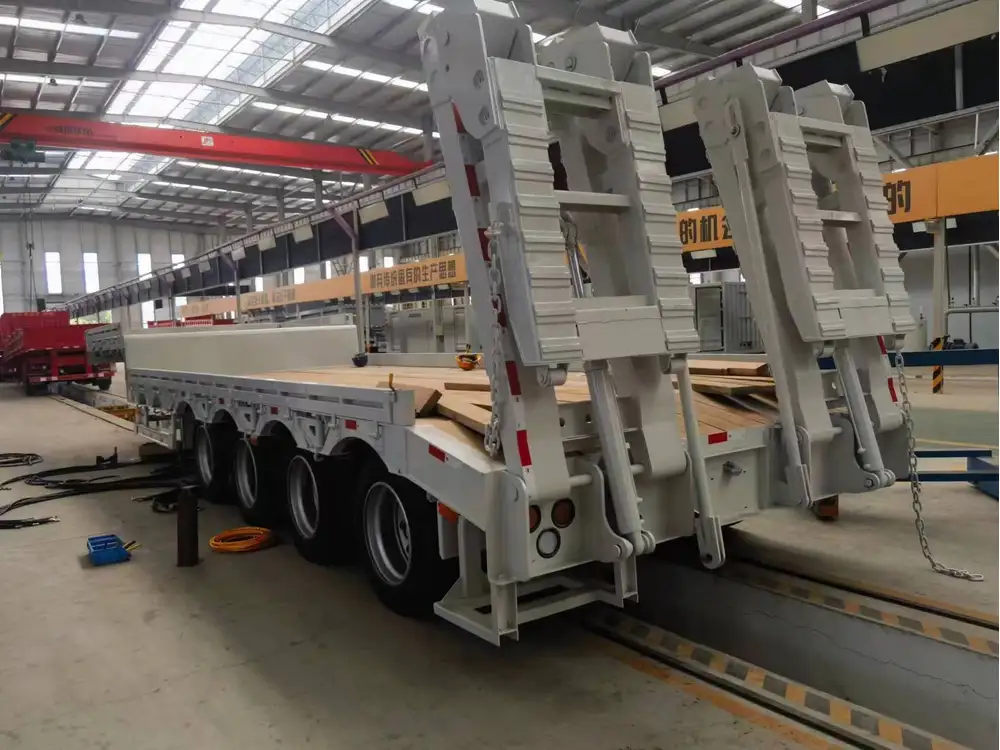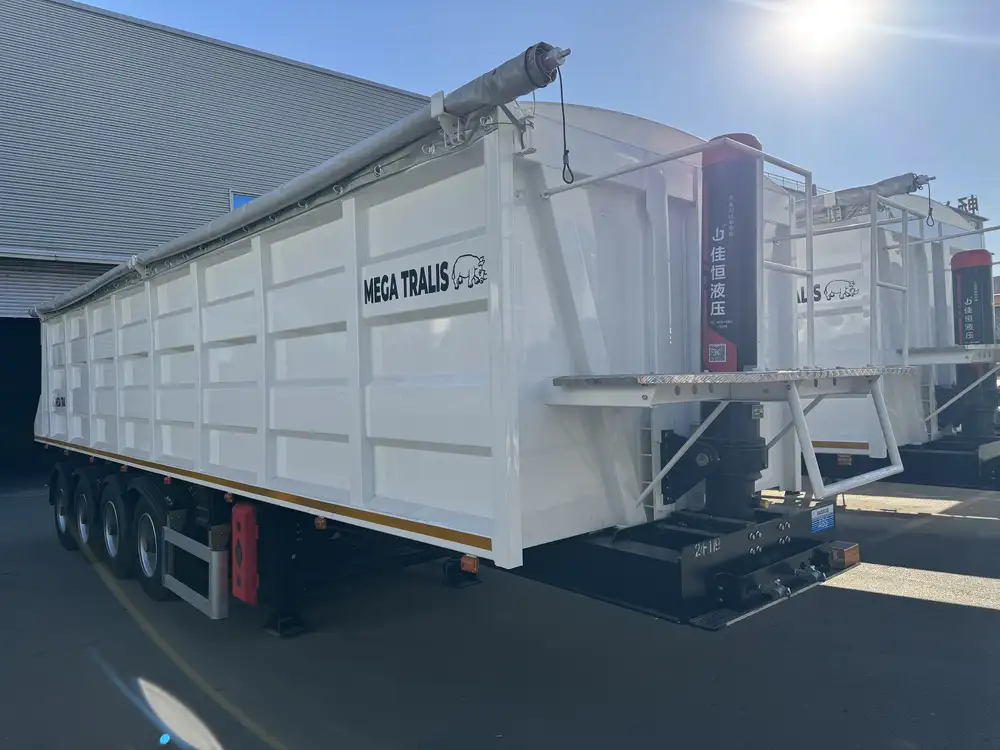When it comes to the logistics and transportation of fuel, understanding the capacity of gas tankers is essential. Different sizes and designs of tankers cater to various needs, whether for long-haul transportation or local distribution. In this article, we will delve deeply into the subject, exploring not just the volumes these tankers can hold but also the factors that influence their capacity, operational uses, and safety considerations.
1. Understanding Tanker Types and Their Capacities
Tanker trucks come in various sizes, each tailored for specific transportation needs. Below is a comparative table of common tanker types and their average capacities.
| Tanker Type | Average Capacity (Gallons) | Primary Use |
|---|---|---|
| Straight Truck Trailer | 5,000 – 10,000 | Short-distance fuel deliveries |
| Semi-Trailer Tanker | 7,000 – 11,600 | Long-distance transportation |
| Large Capacity Tanker | 10,000 – 12,000 | Regional distribution |
| Specialized Fuel Tankers | Up to 35,000 | Aviation and industrial fuel |
1.1 Straight Truck Trailers
Straight truck trailers, often utilized for local deliveries, hold between 5,000 to 10,000 gallons of gasoline or diesel. These vehicles are versatile, allowing for maneuverability in urban settings where large trucks may struggle.

1.2 Semi-Trailer Tankers
The most common among fuel transport vehicles, semi-trailer tankers generally hold between 7,000 to 11,600 gallons. Their design includes a tractor unit connected to a semi-trailer with one or more cylinders for storing liquid fuel.
1.3 Large Capacity Tankers
For regional distribution, larger tankers can accommodate 10,000 to 12,000 gallons. These tankers are equipped to handle significant volumes of fuel, being indispensable for companies with large consumer bases.
1.4 Specialized Fuel Tankers
These tankers are designed to cater to specific industries—aviation or industrial fuel, for instance. Some can reach up to 35,000 gallons of storage capacity, making them suitable for bulk transport scenarios.

2. Factors Influencing Tanker Capacity
Several elements influence the capacity of tankers, allowing for optimized configurations tailored to specific needs.
2.1 Design Specifications
A tanker’s design specifications heavily dictate its capacity. The shape of the tank, material used, and the inclusion of safety features such as baffles (to prevent liquid sloshing during transport) play significant roles.
2.2 Regulatory Compliance
Government regulations set limits on maximum capacity to ensure safety and efficiency. Each jurisdiction may impose different standards, particularly regarding the transport of hazardous materials like gasoline.

2.3 Intended Use and Load Type
Tankers designed for specific petroleum products may feature varying capacities to better suit unique requirements. For instance, the need for temperature control in the transport of specialized fuels may necessitate additional augmentations, impacting overall capacity.
3. The Impact of Tanker Capacity on Logistics
Understanding the relationship between tanker capacity and logistical operations can streamline processes and enhance efficiency.
3.1 Cost Efficiency
Larger capacity tankers can often reduce per-gallon transport costs due to economies of scale. A company might find that transporting 12,000 gallons at once costs less than multiple trips carrying smaller loads.

3.2 Delivery Timeframes
Shorter delivery windows can be achieved with greater capacities, allowing logistics companies to fulfill customer demands quicker, especially in high-volume scenarios.
3.3 Environmental Considerations
Transporting fuel in larger volumes can minimize the carbon footprint per gallon transported, making decisions regarding tanker size critical to sustainable practices.
4. Safety and Maintenance Considerations
With the transport of flammable substances like gasoline, safety and maintenance must remain paramount.

4.1 Safety Standards
Tankers must comply with stringent safety standards to reduce risks. This includes regular inspections, adherence to testing protocols, and proper driver training.
4.2 Maintenance Protocols
Ongoing maintenance is crucial for operational integrity. Regularly scheduled checks on containment systems, foam fire suppression systems, and overall tanker integrity can prevent catastrophic failures.
4.3 Emergency Procedures
Trained personnel must always be ready to respond to emergencies, utilizing well-practiced protocols for spills and accidents to quickly contain and mitigate potential hazards.

5. Frequently Asked Questions
5.1 How do you determine what type of tanker I need?
Choosing the right tanker depends on several factors:
- Volume of fuel transported
- Transportation distance
- Type of fuel (gasoline, diesel, etc.)
- Regulatory requirements in your area
5.2 What happens if a tanker exceeds its capacity?
Operating over capacity can lead to severe penalties, including fines and suspension of operations. It can also overwhelm safety systems, increasing the risk of accidents.

5.3 What are the differences between fuel types?
Different fuels have varying flashpoints, volatility, and required storage conditions. For example, aviation fuel requires more stringent temperature controls compared to standard diesel.
6. Conclusion
In summary, the capacity of tankers can significantly affect overall logistics, cost, and safety considerations in fuel transport. Understanding these nuances paints a comprehensive picture of the industry, contributing to smarter, safer operational decisions.
When selecting a tanker, factors such as the volume you intend to transport, regulatory compliance, and specific cargo requirements must be carefully evaluated. It’s not merely about the quantity of gas a tanker holds, but how it fits into broader logistical strategies aimed at efficiency, safety, and sustainability.
With a well-informed approach to tanker selection and use, businesses can navigate the complexities of the fuel transport industry effectively, ensuring that they meet consumer needs while adhering to the highest standards of safety and environmental responsibility.



